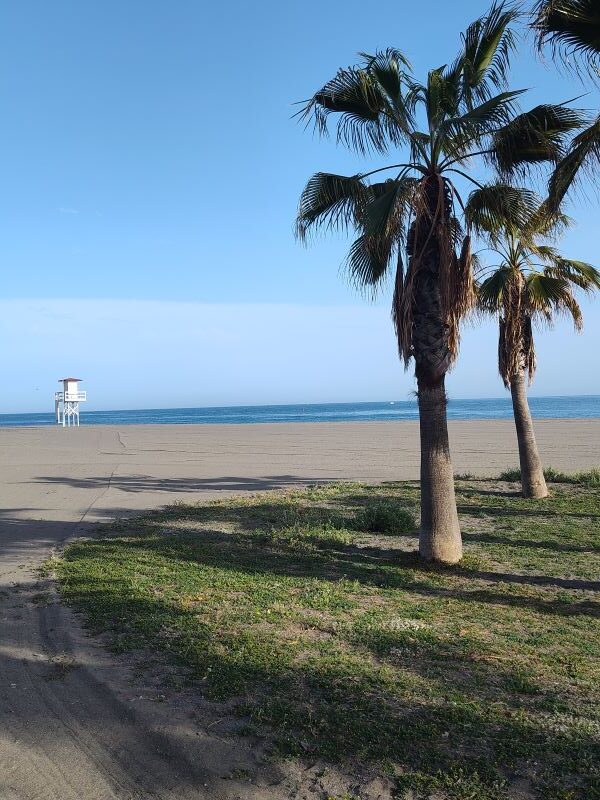Traveling in Spain Tips for the First Time: What You Need to Know Before You Go
I love visiting Spain from the lush and green areas of the Northern areas of Spain, to the exciting Capital city at Madrid and historic treasures to be found. The western areas of Spain at Catalonia, Valencia ooze with so much history, culture and architecture and the southern parts around Andalusia serve up the best of traditions, foods and culture combined.
What Should you know before you visit any of these regions of Spain?
I researched and put together this simple guide of practical tips, planning ideas, transportation, typical foods to eat and even adapting to local culture and timeframes to enjoy and experience Spanish travel and culture at its best.
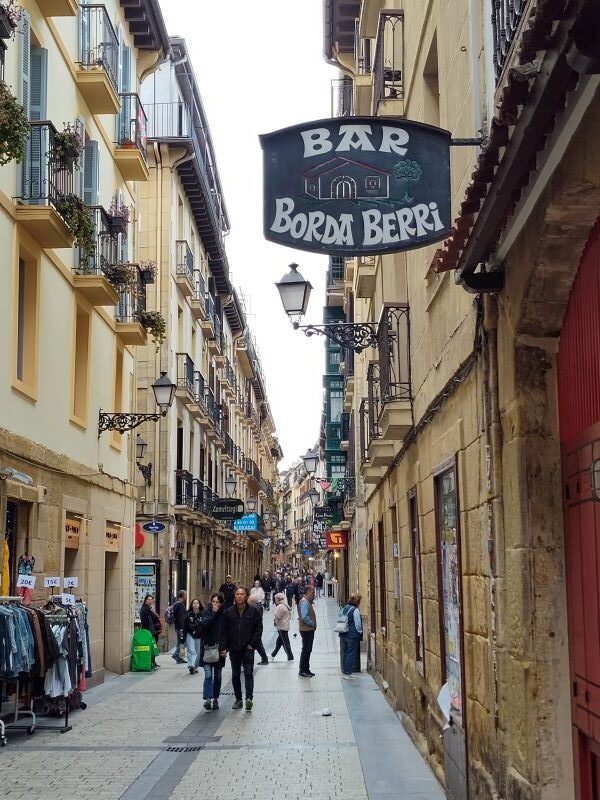
Practical and Helpful Tips to Visiting Spain for the First Time

1. Plan Your Itinerary by Region
When visiting Spain, planning your itinerary by region helps make the most of your time without feeling rushed. Each part of the country has its own personality, traditions, and landscapes—Andalusia offers flamenco, Moorish architecture, and white hill towns; Catalonia blends beach life with bold modernism in cities like Barcelona; the Basque Country is known for pintxos, green hills, and edgy art scenes. Rather than crisscrossing the entire country, focus on one or two areas to explore more deeply. Distances can be longer than expected, and regional pride runs strong—so staying put allows you to really get a feel for local culture, food, and daily rhythms.
- Spain is large and diverse—focus on one or two regions (e.g., Andalusia, Catalonia, Basque Country).
- Avoid trying to see everything in one trip.
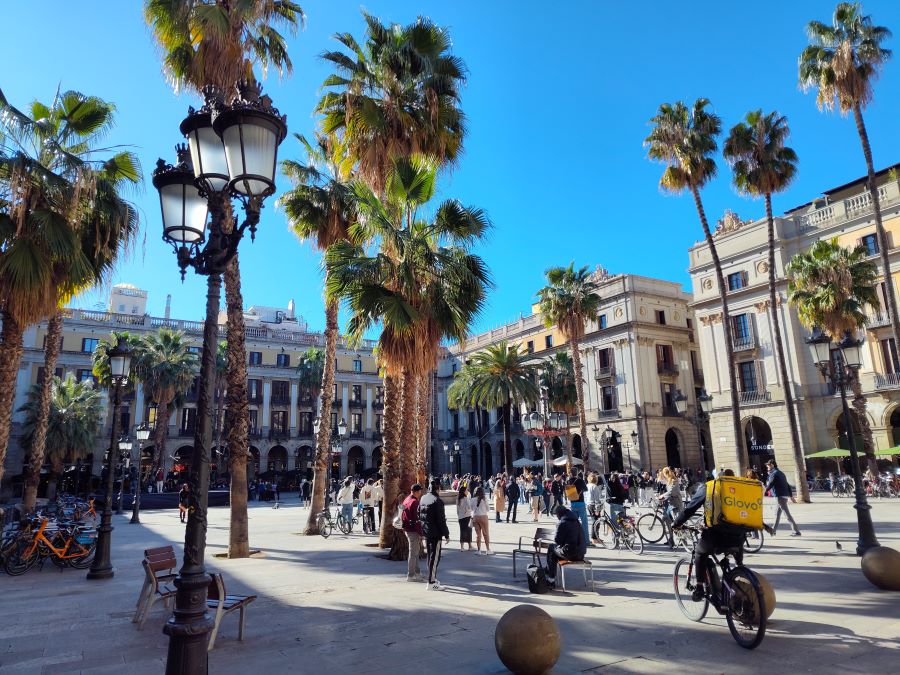
2. Adjust to the Local Schedule
Adjusting to the local schedule in Spain can make your visit smoother and more enjoyable. The daily rhythm here is different from what many travelers are used to—mornings start slow, lunch happens late (usually around 2 to 4 PM), and dinner often doesn’t begin until 9 PM or later. In many towns and smaller cities, shops and businesses still close for a midday break, known as siesta, typically from 2 to 5 PM. This pause in the day is not just about rest but also about enjoying a proper meal and social time with family or friends. Embracing this slower pace lets you align better with local customs and avoid the frustration of finding everything shut during peak tourist hours.
- Lunch is usually 2–4 PM, dinner 9–11 PM.
- Many shops close in the afternoon (siesta hours), especially outside big cities.
3. Learn a Few Spanish Phrases
Learning a few Spanish phrases before your trip can make a big difference in how locals interact with you, especially in smaller towns where English isn’t widely spoken. Simple expressions like hola (hello), gracias (thank you), por favor (please), la cuenta, por favor (the bill, please), or ¿dónde está el baño? (where is the bathroom?) show effort and respect for the culture. While most people in major cities or tourist areas speak some English, using even basic Spanish can open doors, lead to friendlier service, and make your overall experience feel more personal and connected. Locals usually appreciate the effort, even if your accent isn’t perfect.
- English is spoken in tourist areas, but basic Spanish helps in local spots.
- A simple “gracias” or “la cuenta, por favor” goes a long way.
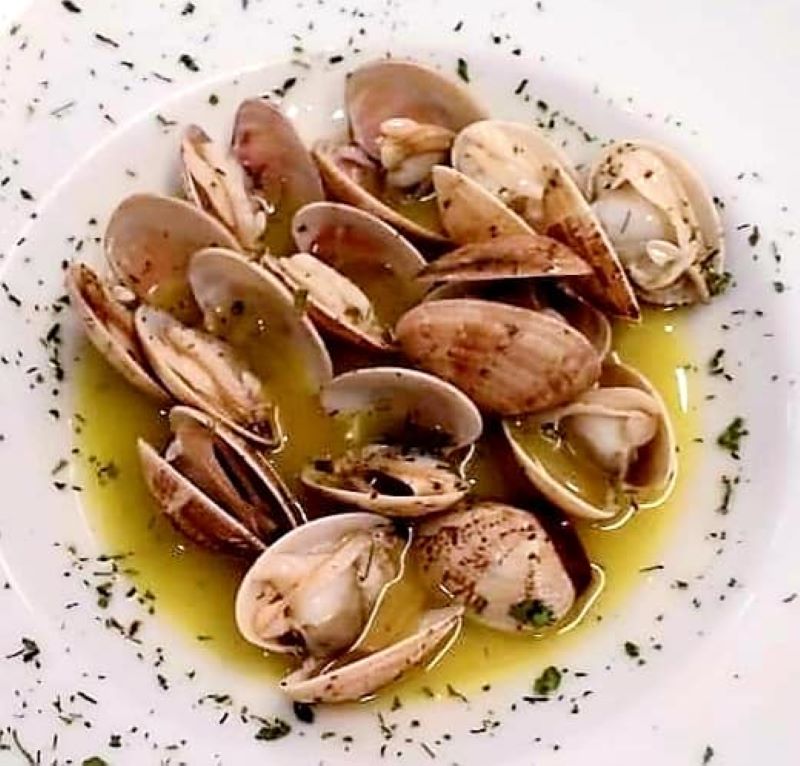
4. Embrace the Tapas Culture
Embracing the tapas culture in Spain is one of the most enjoyable ways to experience the local food scene. Instead of ordering a full meal in one place, tapas let you try small portions of different dishes across several bars or cafés. It’s a social experience where food is shared, drinks are slowly sipped, and conversations stretch into the night. In some cities like Granada, you’ll even get a free tapa with your drink. Each region has its own twist—pintxos are common in the Basque Country, while Andalusia offers cold dishes like salmorejo and fried seafood. It’s a casual and flavorful way to explore Spanish cuisine, one bite at a time.
- Try small plates in different bars instead of sitting for one full meal.
- Each region has its own take on tapas (pintxos in the Basque Country, for example).
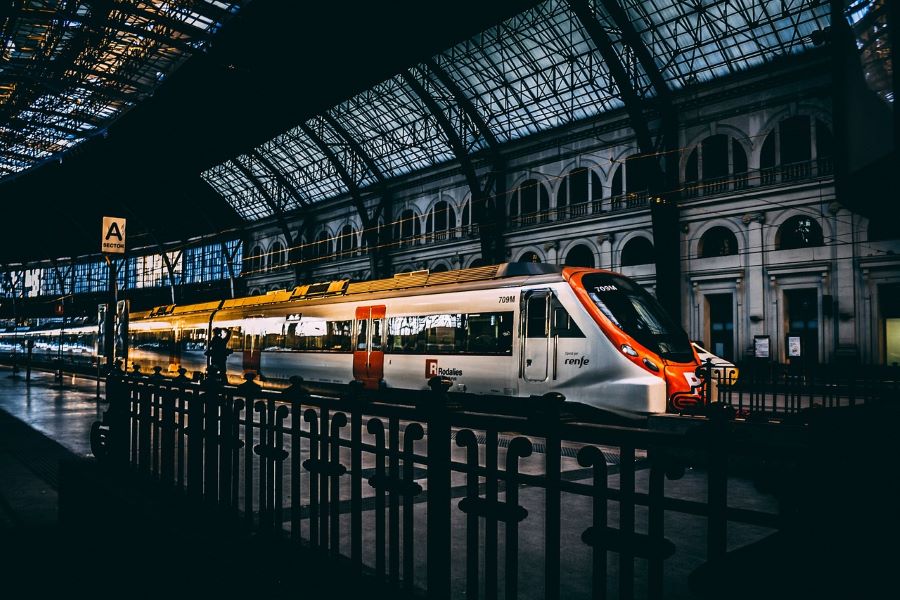
5. Use Public Transportation
Using public transportation in Spain is an easy and cost-effective way to get around, especially between cities and within urban areas. The country has a well-connected train system, including high-speed AVE trains that link major destinations like Madrid, Barcelona, Seville, and Valencia in just a few hours. Local commuter trains and buses also serve smaller towns and suburbs reliably. In cities, the metro systems—particularly in Madrid and Barcelona—are clean, affordable, and simple to navigate with apps or signage in English. Taxis and ride-sharing apps are available, but public transport is often faster and much cheaper. It’s a smart choice for travelers who want to avoid driving or parking in busy city centers.
- Trains (Renfe) are efficient between major cities.
- Metro systems in cities like Madrid and Barcelona are easy to navigate.
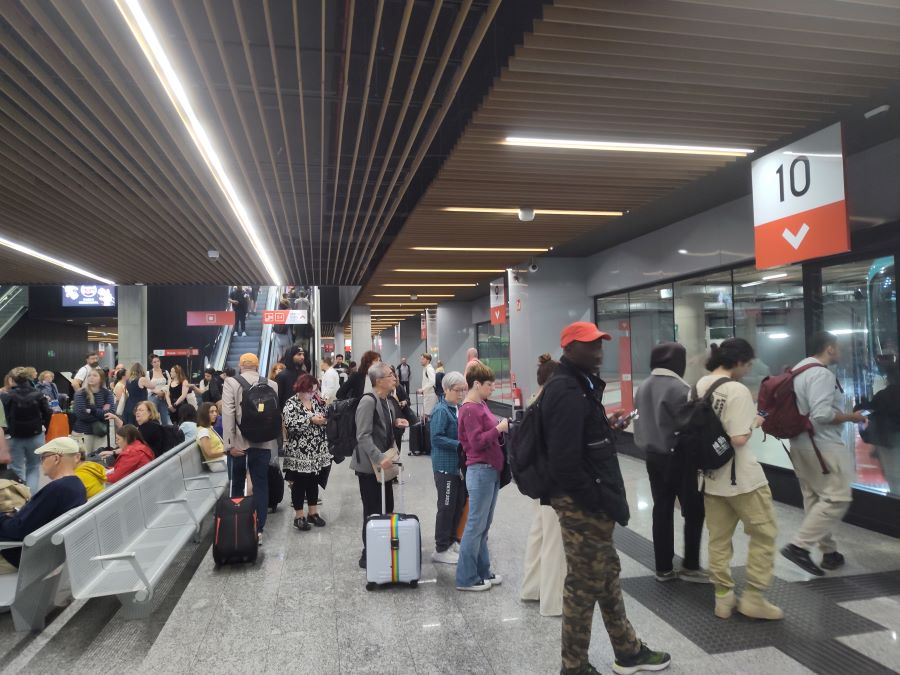
6. Watch for Pickpockets
While Spain is generally safe for travelers, it’s important to watch for pickpockets, especially in busy areas like public transport, markets, tourist hotspots, and city centers—Barcelona and Madrid are particularly known for this. Thieves often work in teams and use distractions like bumping into you, asking for directions, or creating small commotions to divert your attention. To avoid issues, keep your valuables in a secure bag with zippers, ideally worn across your body, and avoid placing wallets or phones in back pockets. Be extra mindful in crowded metro stations or when watching street performers. Staying alert and taking basic precautions can go a long way in keeping your trip worry-free.
- Especially in crowded areas and public transport—Barcelona is notorious.
- Use a money belt or anti-theft bag for peace of mind.
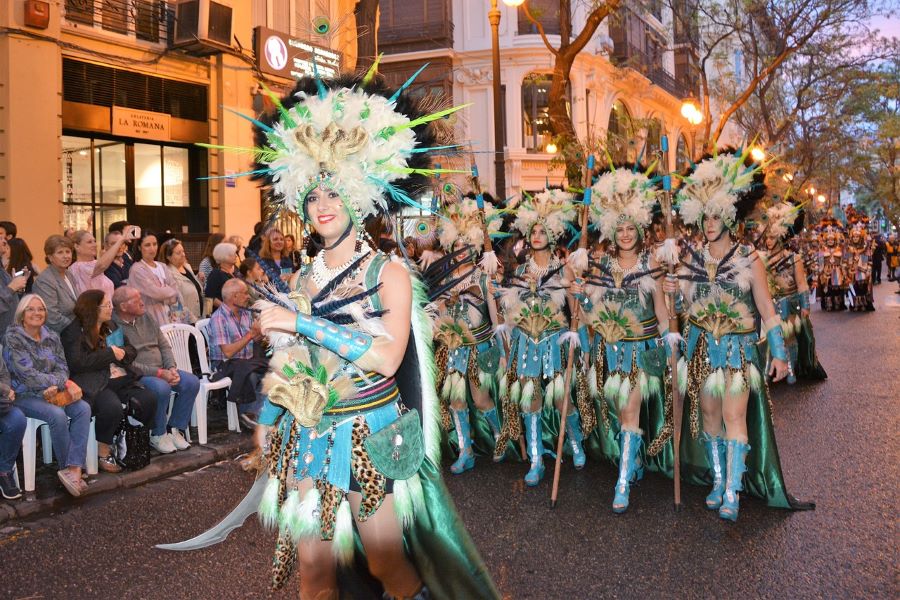
7. Time Your Visit for the Weather and Festivals
Timing your visit to Spain around the weather and local festivals can make a big difference in your experience. Spring (April to June) and fall (September to early November) offer mild temperatures, fewer crowds, and beautiful seasonal scenery—ideal for sightseeing and exploring both cities and countryside. Summer can be extremely hot, especially inland in places like Seville or Madrid, and beach destinations get crowded with both locals and tourists. If you’re interested in cultural events, plan ahead for festivals like Semana Santa (Holy Week), Feria de Abril in Seville, or La Tomatina and San Fermín for something more wild and energetic. These events offer a unique glimpse into Spanish culture but also draw large crowds, so booking accommodations early is key.
- Spring and fall are ideal for good weather and fewer crowds.
- Consider planning around major festivals (La Tomatina, Feria de Abril, San Fermín).
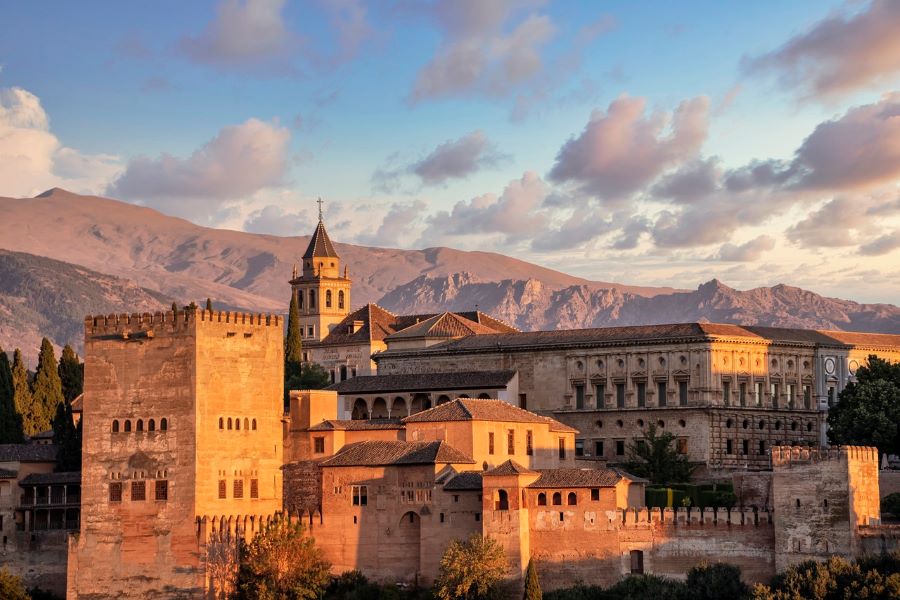
8. Book Attractions Ahead
Booking attractions ahead in Spain is often essential, especially for popular landmarks that limit daily visitors or use timed entry. Sites like the Alhambra in Granada, the Sagrada Família in Barcelona, and the Royal Palace in Madrid regularly sell out days or even weeks in advance, particularly during peak travel seasons. Buying tickets online not only guarantees your entry but often lets you skip long lines, saving time and frustration. Many museums and historical sites also offer guided tours or audio guides that can be added when you book. Planning ahead ensures you get to see the highlights without missing out due to last-minute crowds or closures.
- Places like the Alhambra or Sagrada Família can sell out.
- Buy timed tickets online in advance.
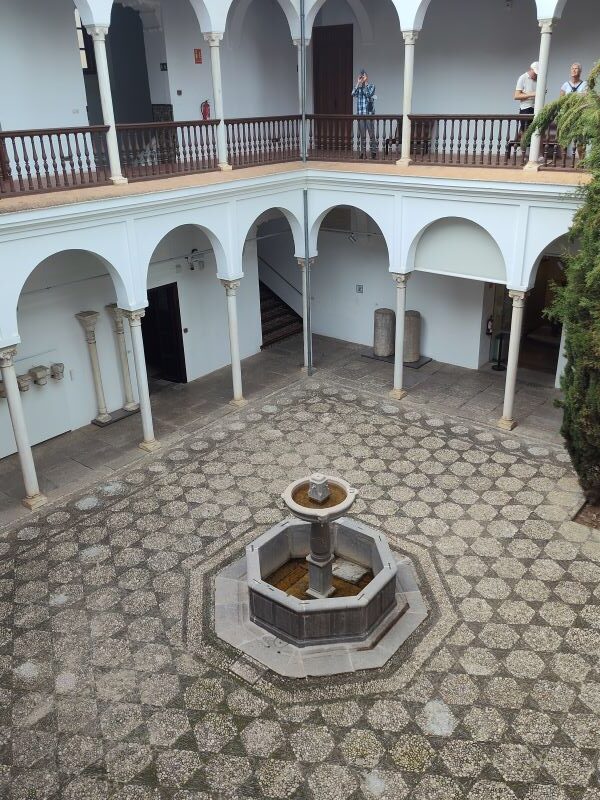
9. Stay in Smaller Hotels or Paradores
Staying in smaller hotels or paradores in Spain offers a more authentic and memorable experience compared to large chain hotels. Paradores are often historic buildings like castles, monasteries, or palaces that have been converted into accommodations, allowing you to connect with Spain’s rich history while enjoying comfortable, unique surroundings. Smaller hotels or boutique properties tend to have more personalized service, local charm, and often a central location that makes exploring easier. They also support local businesses and provide a quieter atmosphere away from the tourist crowds, giving you a deeper sense of place during your stay.
- Paradores (historic buildings turned hotels) offer a unique local stay.
- Boutique hotels or apartments often provide better value and charm than big chains.
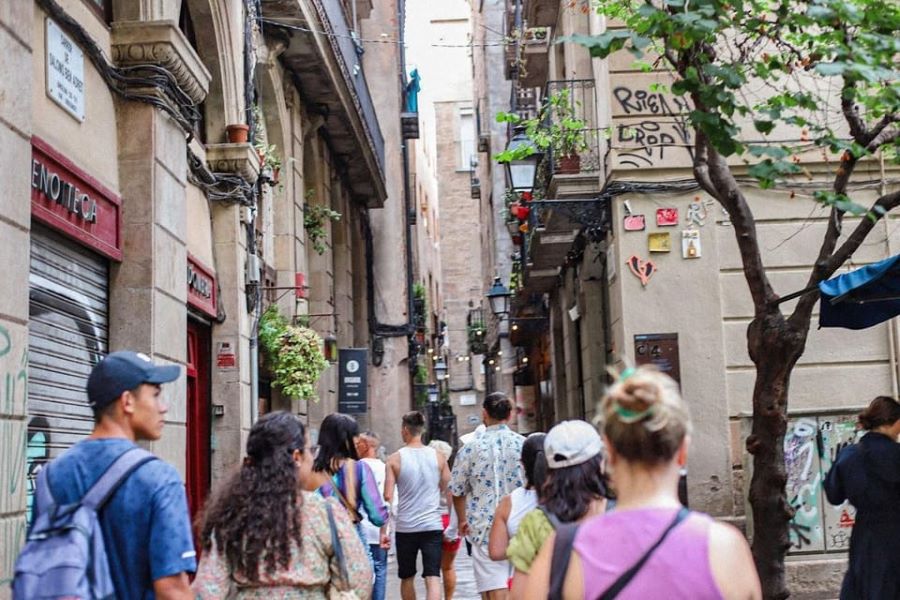
10. Respect Local Customs and Dress Codes
Respecting local customs and dress codes in Spain shows cultural awareness and helps you blend in more comfortably. When visiting churches or religious sites, it’s important to dress modestly—covering shoulders and avoiding shorts or revealing clothing—as a sign of respect. In general, Spaniards tend to dress smartly, especially when dining out or going to events, so casual doesn’t mean sloppy. Tipping isn’t mandatory but is appreciated, usually around 5 to 10 percent in restaurants. Being polite, greeting with a simple hola or buenos días, and following social norms like keeping noise levels down in residential areas can go a long way toward positive interactions with locals.
- Modest clothing is expected in churches.
- Tipping isn’t required but rounding up or leaving 5–10% is appreciated.
11. Eating out in Spain, some do’s and don’ts
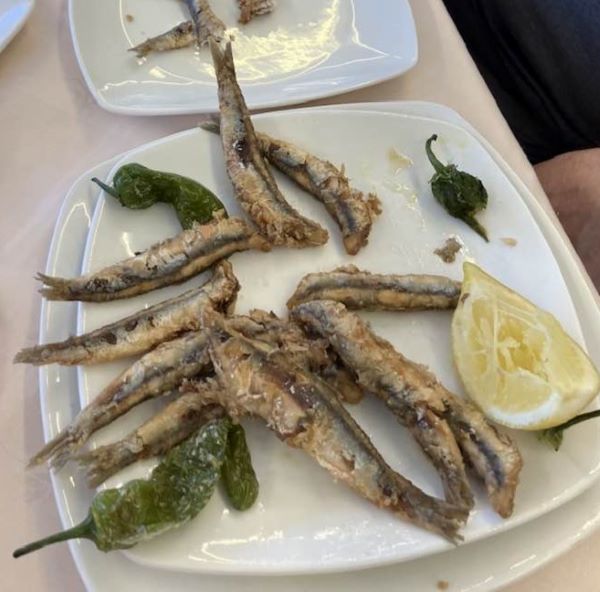
11. Eating out in Spain
Here are some useful tips about eating out in Spain, trying local specialty dishes, visiting markets and tipping requirements.
- Timing Matters
- Lunch typically between 2–4 PM
- Dinner often starts around 9 PM or later
- Try Tapas or Pintxos
- Order small plates to share and sample a variety of flavors
- Tapas are popular throughout Spain; pintxos are typical in the Basque Country
- Look for Menú del Día
- Many restaurants offer a fixed-price lunch menu with multiple courses at good value
- Reserve Ahead for Popular Spots
- Especially in cities or tourist areas, reservations can save waiting time
- Don’t Expect Fast Service
- Dining is a relaxed, social experience—meals can last hours
- Ask for Recommendations
- Locals or staff often know the best dishes or daily specials
- Mind the Drink Culture
- Try local wines, vermouth, or cava instead of always sticking to beer or soft drinks
- Know 5–10% is appreciated the Tipping Norms
- Tipping isn’t obligatory but leaving some change on good services.
- Look for Busy Places
- A busy restaurant usually means fresh food and good quality
- Be Open to Regional Specialties
- Every region has unique dishes—embrace the local flavors and ingredients
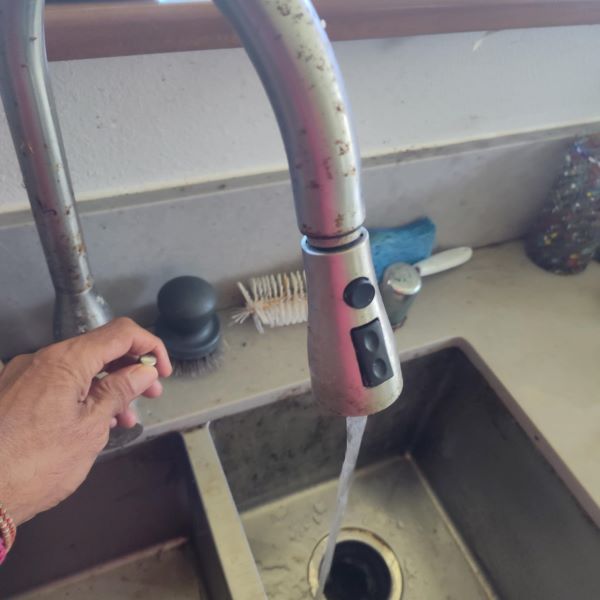
12. Tap water is safe (but water is not always free)
Most Cities will have public water fountains with filtered tap water which is typically safe to drink and use a refill container to drink for free. This is also the same for most homes, public venues, hotels and other places.
At restaurants, be careful that most servers will typically serve you bottled waters served con gas (with gas) or sin gas (flat) These will typically be charged to you unless you ask immediately for tap water instead and you ask for jara de aqua ( a jar of tap water) which is free.
13. Use the Persianas
Use the Persianas which are the window coverings outside each window and are used as shutters that are manual or electric to help darken the room and keep the rooms a lot cooler during the hotter times of the day when they can be use for shade. You can move the Persianas partially down or all the way to darken the rooms and keep more of a interior shady effect.
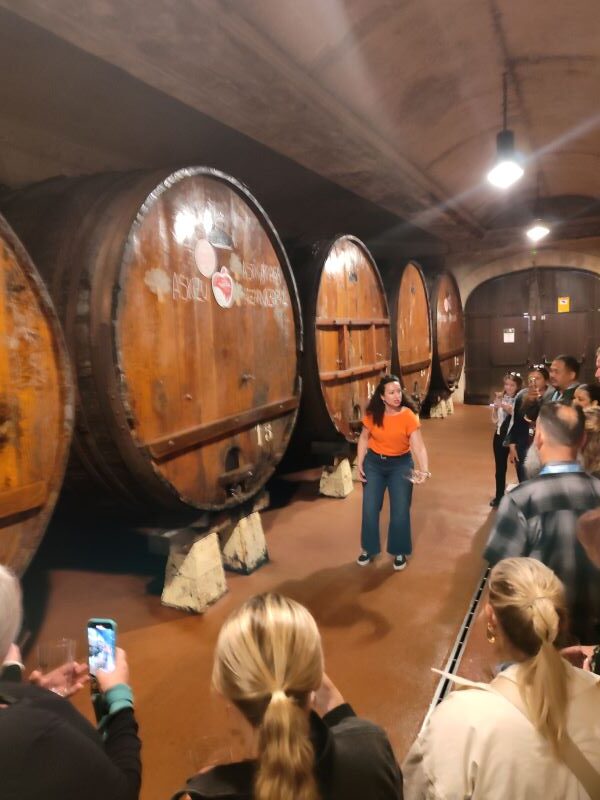
14. Drink what’s local
Don’t be a tourist and order Sangria which is the most spot drink for tourists and also typically pricier that local favorites like a local small beer (or cana) or glass of white wine (vino blanco) or red wine (vino tinto), there’s also a wine spritzer with Sprite soda and a lemon (Vino de Verano) or in the northern parts of Spain local ciders to try out.
15. Air conditioning isn’t common in many places
You’ll find that air conditioning isn’t common in Spain especially in smaller businesses or homes. You may only find fans or no ac in private homes, vacation rentals sometimes in popular tourist destinations around the country. You may also find AC in various restaurants, malls and shopping venues.
If you are planning on traveling around Spain in summer, keep in mind that you should be searching for air conditioning in your accommodation to keep cooler during the hotter time frames of summer.
16 Non-existing elevators
Only more modern hotels or commercial venues will have elevators to take you up. In apartments, older buildings or shopping venues, you will more often have to climb up the stairs without the connivence of an elevator or escalator. If you are shopping around for lodging, make sure you see what is available for elevator service on where youa re staying.
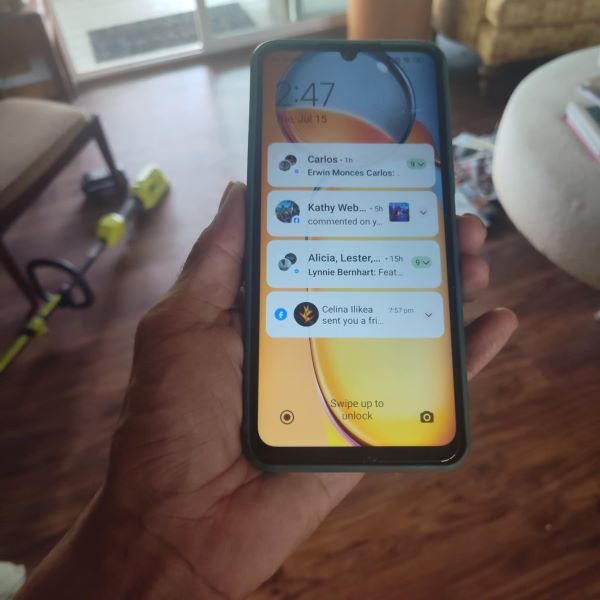
17. Get an E-Sim in advance or buy one at the airport
You can easily buy eSIMs for Spain online before or during your trip through platforms like Airalo, Holafly, or Nomad, which let you activate data plans instantly without needing a physical SIM card. If you prefer a local option, major Spanish mobile providers like Movistar, Orange, and Vodafone also offer eSIMs—you can visit their stores in cities and airports with your passport to get set up. Just make sure your phone is unlocked and eSIM-compatible before purchasing. Buying online tends to be quicker and more convenient, especially if you want to be connected right when you land.
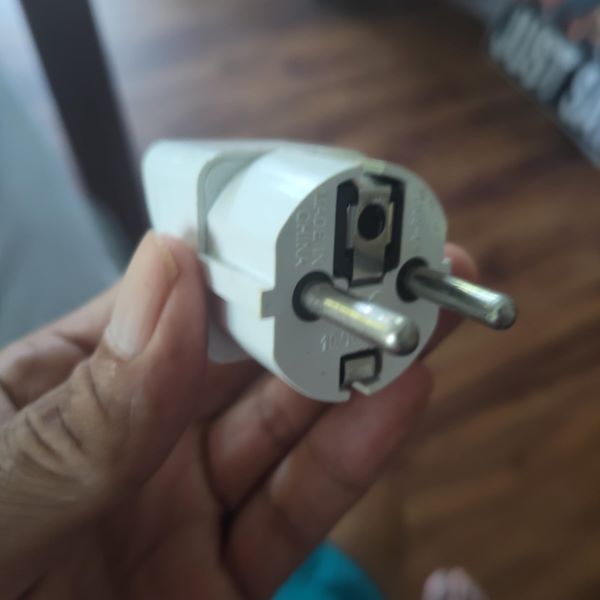
18. Bring an adaptor(s) for the European plug
For all your phone, camera and other essential electronics, having a local adaptor for European outlets is probably something you should get in advanced. Bring more for multiple charging options or if you lose one adaptor, you can have more back ups. You can use this for Spain or any other European country that you visit.
When to visit Spain
I’ve been to visit many different parts of Spain throughout the year and found that the best times to travel without the massive crowds tend to be the fall season from September, October and November and the spring season from Mark, April and May.
The weather tends to be more comfortable with temperatures not too high or too cold and pleasant to explore and travel around the country with weather patterns that avoid extreme cold, rain or hot temperatures in the winter and summer season.
My recent trips to Spain were in September, October, and November, the end of summer and the beginning of autumn.
Winter time is exteme cold in most of Spain, but if you are used to dressing in layers and rain, you definitely can enjoy visiting most of the country without crowds and tourist visiting even the most popular cities in the country.
Further reading on visiting Spain
Check out these other topics to visiting and exploring around the country
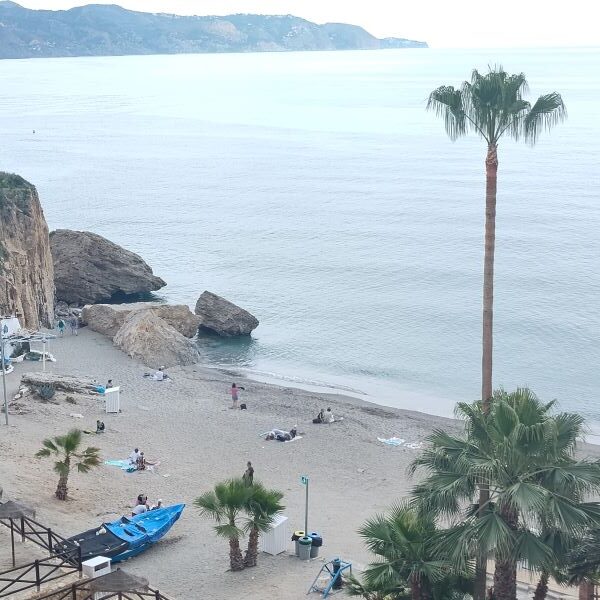
Conclusion to Tips to Visiting Spain for the First Time
Spain offers an extraordinary blend of rich history, beautiful culture, stunning architecture, and warm hospitality that creates memories to last a lifetime. From the bustling streets of Madrid and Barcelona to the sun-soaked beaches of the Costa del Sol, from the architectural marvels of Gaudí to the passionate rhythms of flamenco, every corner of this captivating country tells a unique story waiting to be discovered. The key to making the most of your Spanish adventure lies in embracing the local pace of life, being open to new experiences, and allowing yourself to wander beyond the typical tourist path. Don’t let another year pass by dreaming about Spain – start planning your Spanish adventure today by booking that flight, researching your must-see destinations, and preparing to immerse yourself in one of Europe’s most enchanting countries. ¡Buen viaje!

About author – Noel Morata
After relocating from the United States to Andalusia in 2020, I’ve made it my mission to discover every corner of Spain. Based just east of Granada, I’ve spent over 12 months exploring Valencia province and the rest of Spain, including multiple extended visits to Valencia throughout different seasons. My background in Spanish cultural studies and five years of residence in southern Spain have given me unique insights into the region’s historical significance, local customs, and culinary traditions.
I regularly update my guides with the latest information gathered through personal visits and relationships with local tourism officials, always seeking what’s new and exciting in each destination. As a self-proclaimed foodie, I’m passionate about discovering authentic local markets and regional specialties.
I love spending my free time exploring around Spain and learning about the safe way to travel from busy cities, beach areas and daily life. Hope that these tips to traveling and exploring the country helps you experience the country safely and easily.

